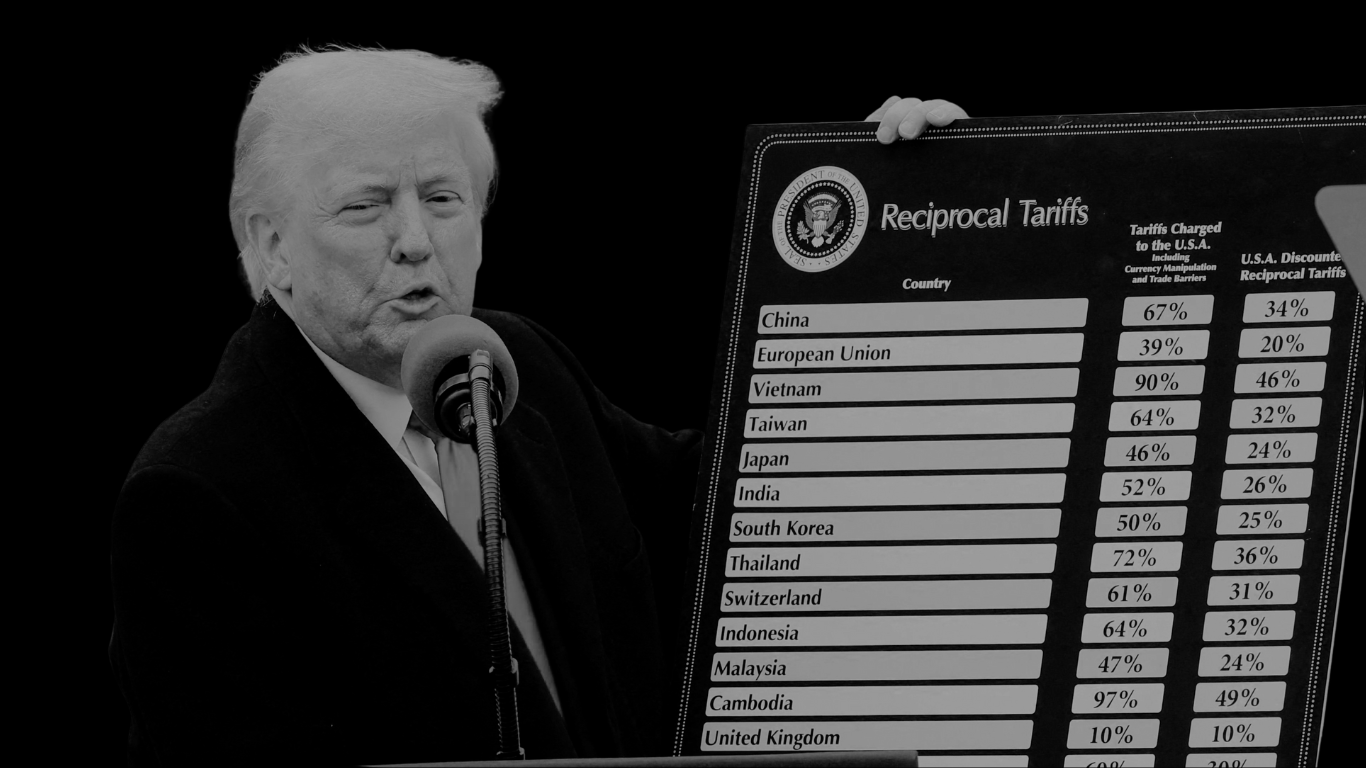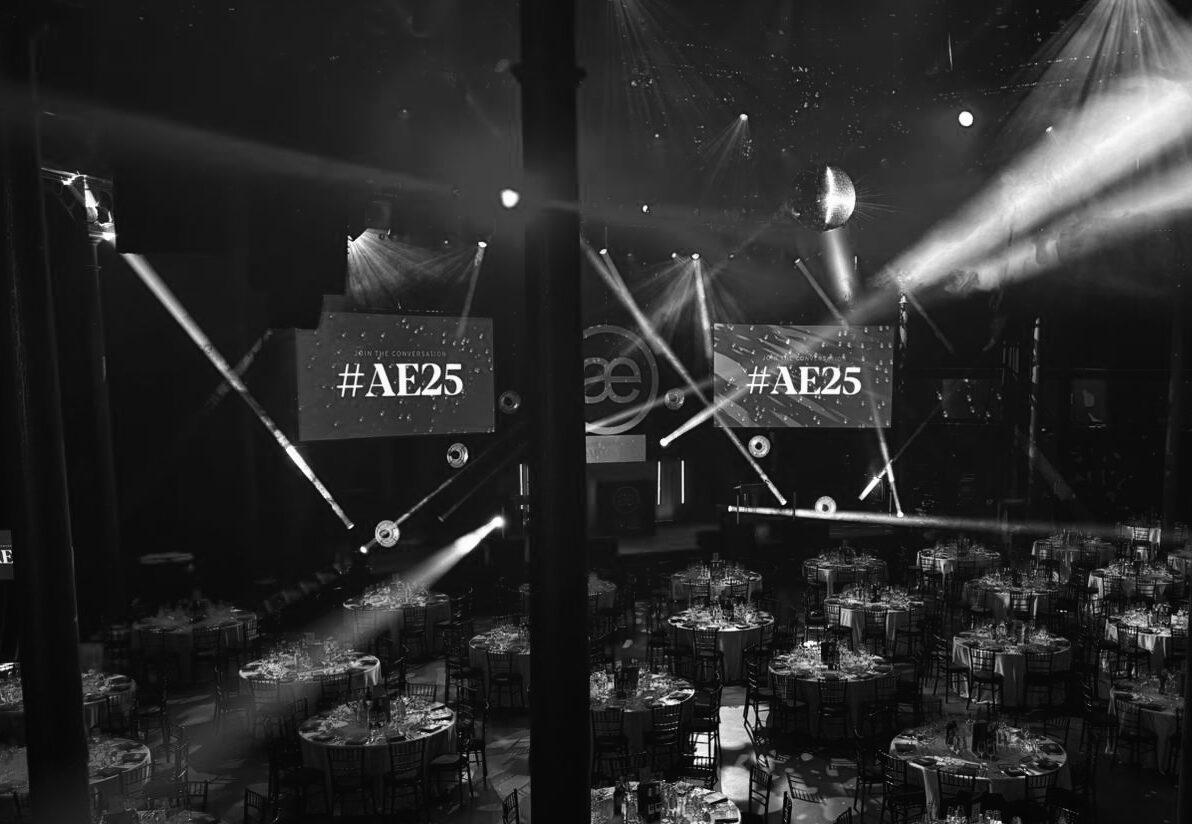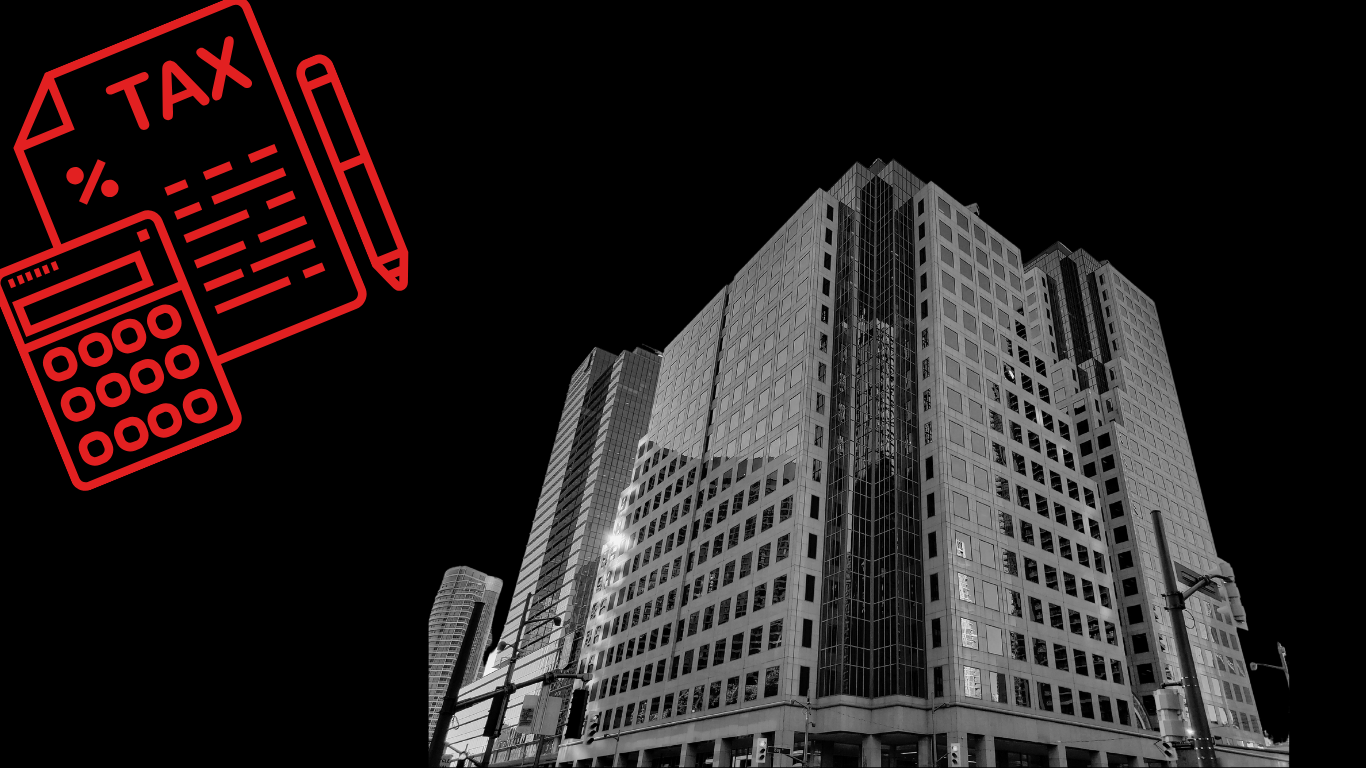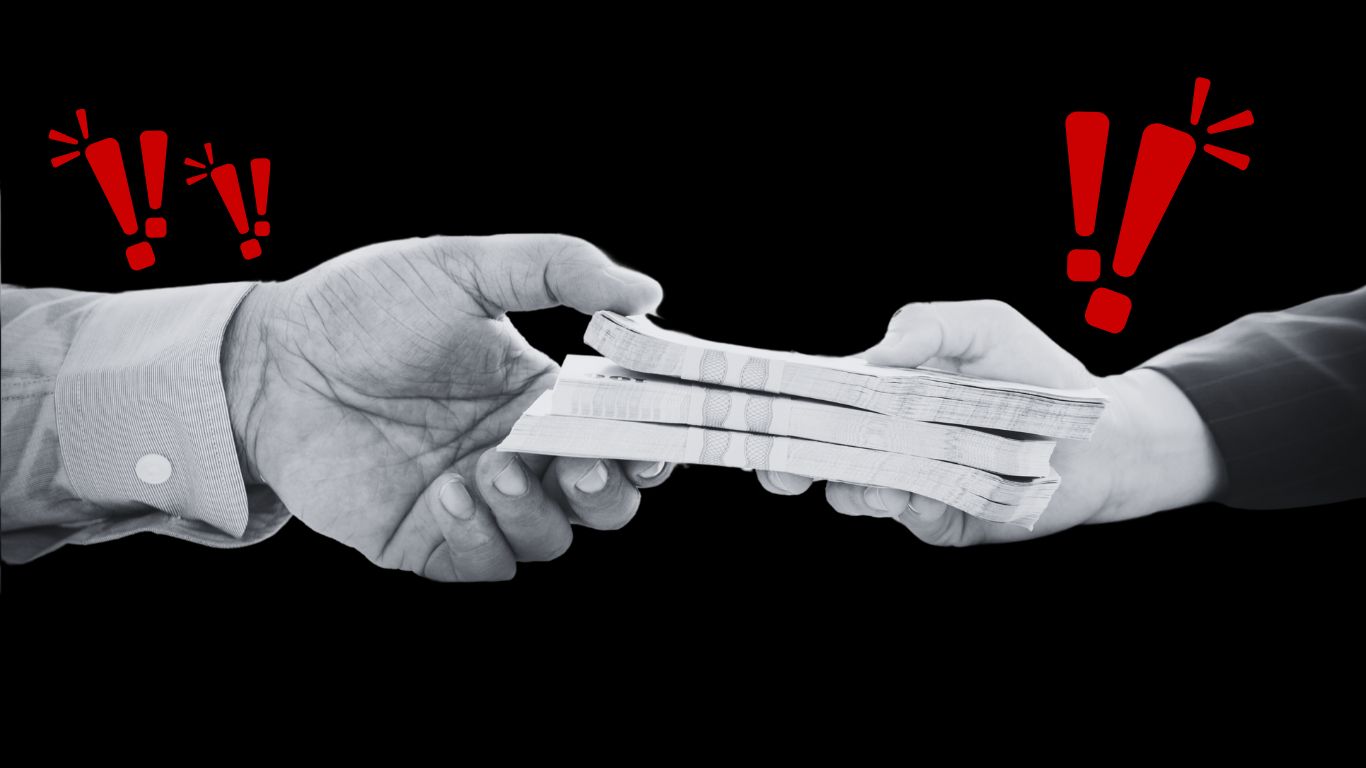Liquidation is every business owner’s worst nightmare, however unfortunately it is the stark reality for many. Liquidation is the process of which a company is formally ended. This means the company’s assets (property, stock etc.) are liquidated and turned into cash for payment to the creditors of the company, in order of priority. Liquidation results in the company also being removed from the register at Companies House as it ceases to exist.
According to an ESRB (European Systemic Risk Board) research paper, a rise in business insolvencies and companies liquidating is expected to transpire in the aftermath of the pandemic drawing to a close. This means that an increasing number of companies will be forced to liquidate their assets and close operations.
What Are The Different Types Of Liquidation?
The three types of liquidation are:
Creditors Voluntary Liquidation (CVL) – CVL is the most common form of liquidation in the UK, with about a rate of 25.3 per 10,000 active companies. Usually, the company runs out of cash and cannot pay its debts on time. The directors are concerned that the business is simply not viable as creditors are threatening legal action. In essence, it is appearing an ‘insolvent company’.
The company directors then ask a liquidator, who must be a licensed insolvency practitioner (IP), to convene a meeting of the creditors of the company within 14 days. The creditors then vote on the appointment of the liquidator to ‘liquidate’ the assets to try and repay them. The main job of the liquidator here is to realise the assets and distribute any to creditors i.e. writing off any debts.
Once the liquidator is appointed the directors no longer have any control or duties in relation to the company, but they are duty-bound to cooperate with the insolvency practitioner and provide information in a timely manner.
Compulsory Liquidation – A compulsory liquidation is when the creditors of the company have exhausted all means to try to collect the debt. The debt must be over £750, undisputed, and the creditor must have notified the debtor of intent to collect the debt. This often involves issuing a statutory demand first. If the debtor fails to pay the statutory demand in 21 days and does not dispute the debt, then the creditor may issue a winding-up petition.
If the judge grants the winding up order, then the official receiver will interview the director and liquidate the assets of the business to try and repay the creditors. This process generally takes much longer and is more stressful and hassle for the directors involved than a voluntary liquidation.
Members Voluntary Liquidation – A Members Voluntary Liquidation (MVL) is the formal process to bring a solvent company to a close, and is also commonly known as a ‘solvent liquidation’. A licensed insolvency practitioner is appointed as liquidator and will release the company’s assets, settle any legal disputes, pay any outstanding creditors and then distribute the remaining surplus funds to the company’s shareholders and members.
In an MVL, the company must have paid or be able to pay all its creditors and contractual liabilities. Once the liquidator has completed these formalities and received clearance from HMRC, the company will be dissolved and formally removed from the companies register meaning it will no longer be registered at Companies House.
A Members Voluntary Liquidation requires 75% of shareholders who have been given notice of the meeting of members to pass the winding up resolution. This type of liquidation is appropriate when a company plans to close or wants to reduce its tax bill.
What Is Directors Disqualification & What Do They Do During Liquidation?
Under the Company Directors Disqualification Act 1986, once a company is liquidated and investigated by relevant parties, the director consequently may be personally prosecuted for disqualification based on misconduct. Some examples of misconduct, but not exhaustive, which has led to disqualification includes:
- Non-payment of taxes
- Failure to maintain and/or file adequate accounting records
- Trading with knowledge of insolvency
- Fraudulent trading
- Misuse of director’s loan account
- Acting whilst disqualified
- Drawing illegal dividends
All director disqualification proceedings are brought into public interest for the purpose of protecting the public, providing a deterrent whilst preventing further misconduct. Any director found to have been involved in misconduct can be disqualified from being a director of a company for anywhere between 2-15 years and could go to prison for up to 2 years.
During liquidation proceedings, a director may have to help the official receiver sell the company’s assets or even help to pay the debts if the company has traded wrongfully or fraudulently.
As well as this, directors must co-operate with the official receiver and cannot:
- Control the company’s business
- Act for or on behalf of the company
- Use the company assets to pay creditors or use for their own benefit
- Re-use company name
What Happens To Employees & Accounts After A Liquidation?
Once a liquidation has formally finalised, all known company bank accounts will be frozen (as per publication of the winding up petition), with any remaining funds dealt with by the liquidators.
Redundancy pay or severance package arrangements, to cover the fact that full payment of employee’s salaries cannot be guaranteed, will be drawn up during the liquidation process. Redundancy payments are paid for by the government to the redundant employees. If a person were made redundant on or after 6 April 2021, the weekly pay is capped at £544 with the maximum statutory redundancy pay at £16,320. If a person was made redundant before 6 April 2021, these amounts will be lower.
If the individual has been working for the employer for 2 years or more, they will receive:
- half a week’s pay for each full year they are under 22
- one week’s pay for each full year they are 22 or older, but under 41
- one and half week’s pay for each full year they are 41 or older
We hope this has outlined to you exactly what liquidation is, what constitutes for director’s disqualification and what happens to employees once a liquidation process occurs. If you require any more information on liquidation or business insolvency, please don’t hesitate to get in contact with us at Nordens where one of our trusted advisors would be happy talking you through your query.









































































































































































































































































































































































































































































































